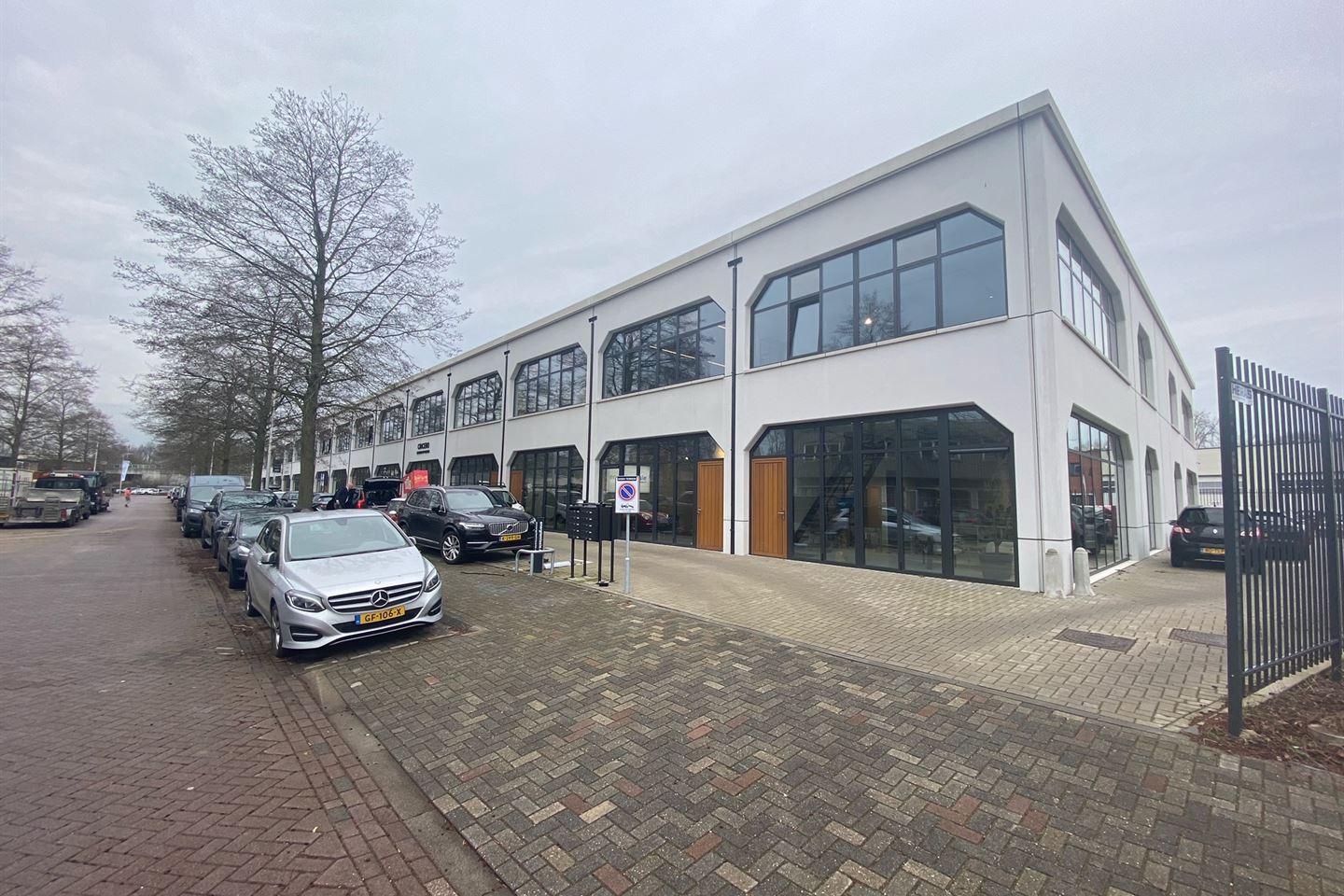During the BiSL training courses, the question is increasingly being asked whether BiSL fits within Agile or, more specifically, within Scrum. The BiSL version 2.0 – 2nd edition does not say a word about this, but since the update to the new BiSL version 3.0 – 3rd edition, more attention is paid to how BiSL relates to other models, approaches, frameworks and standards, including Agile Scrum . Bisl-version-3.0-3rd-edition-dictsolutions For example, a small section has been included about Agile Scrum, which explains in a nutshell what Agile Scrum is compared to the traditional waterfall approach. Furthermore, BiSL refrains from prescribing methods and approaches, but makes it clear that Business Information Management (BIM) must be clearly represented in a Scrum or project team. Does this answer the question whether BiSL fits within an approach such as Agile Scrum? Yes and no… BiSL assumes that it is suitable for any arbitrary method and approach, but perhaps we should ask the question differently to get the answer clear. BiSL focuses on the so-called user perspective and acts from the customer's mind . And this also seems logical, after all, the customer determines what requirements and expectations they place on a product or service. We are therefore on the questioning side with BiSL and, as far as I am concerned, is also leading in any project. Agile/Scrum was conceived as an approach for developing software within IT. Just say the supply side, who want to solve an IT question or problem. It arose because many IT projects generally did not go well in terms of lead time and costs and the users/customers ultimately did not get what they expected. The solution to this lay in a more iterative / short-cycle approach. Meanwhile, the Agile Scrum approach has grown in popularity and this seems to be the approach in every organization and also prescribed by every IT professional. Although the approach has changed with this, IT organizations are still telling customers how and what to do. As far as I am concerned, the question is therefore not whether BiSL fits within Agile Scrum, but how BiSL and Agile Scrum (best) fit. The question and therefore the starting point therefore lies with the customer and BiSL (or FSM, etc.) is leading. Together with IT, the best approach for the realization can then be determined. That can be Agile Scrum, but also a project via Prince2. We still hear too often that IT determines the working method and that was years ago project-based work and has now become Scrum. Maybe another method in a few years? IT should be able to offer many more different methods and approaches that can also be used side by side. It is actually special that you can have a house built on order by a contractor, who, after hearing what you want, builds the house for you on a project basis. If you go to IT with a wish, question or problem, it is often too difficult and for just so you know, IT sits on the customer's chair to think about what is good for the customer. They therefore still largely determine how work is done and what must be delivered. As a customer you have to show up regularly if things threaten to go wrong. The customer must educate IT, take control. If you as a customer want to develop a new service and you opt for a big-bang implementation because you want to stay ahead of the competition or for other legitimate reasons, IT will immediately stand on its back legs given its current status. That is possible and allowed, but ultimately the customer must determine what and how he/she wants it, taking into account the risks involved. But if you, as a customer, want to have a service or product made in small steps, then it must also be possible to perform it as such by the same IT. BiSL's statement that Business Information Management (BIM) must be clearly represented in Scrum or project teams is therefore partly true. At that time, a certain approach has already been chosen. Business Information Management (BIM) largely determines itself what this approach is and which IT suits it best. As a customer you want to be able to use an IT with the necessary knowledge. Knowledge of tools, but also of different methods and approaches. You want to use an IT that has its processes in order internally, which unfortunately does not always turn out to be the case in many cases. As a customer you do not want to be confronted with yet another new method and/or a new approach…………. But there is still work to be done on the customer side. Take more control, indicate what the actual need is, set clear priorities and, as BiSL indicates, be clearly represented within the Scrum and project teams. Conclusion: The question is therefore whether Agile scrum will also have to/be able to fit within BiSL and not the other way around. Sometimes this will work well, sometimes not at all. But if IT has sufficient knowledge and has sufficient methods and approaches, this will not be a problem.
+31 (0) 20 - 2050324
info@dictsolutions.com


